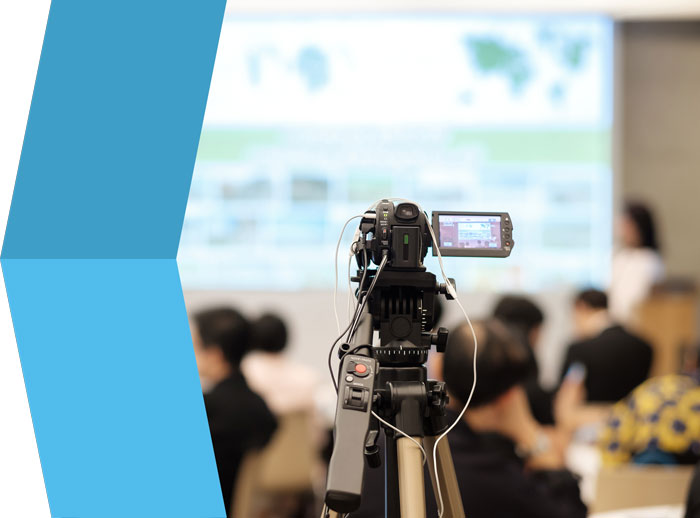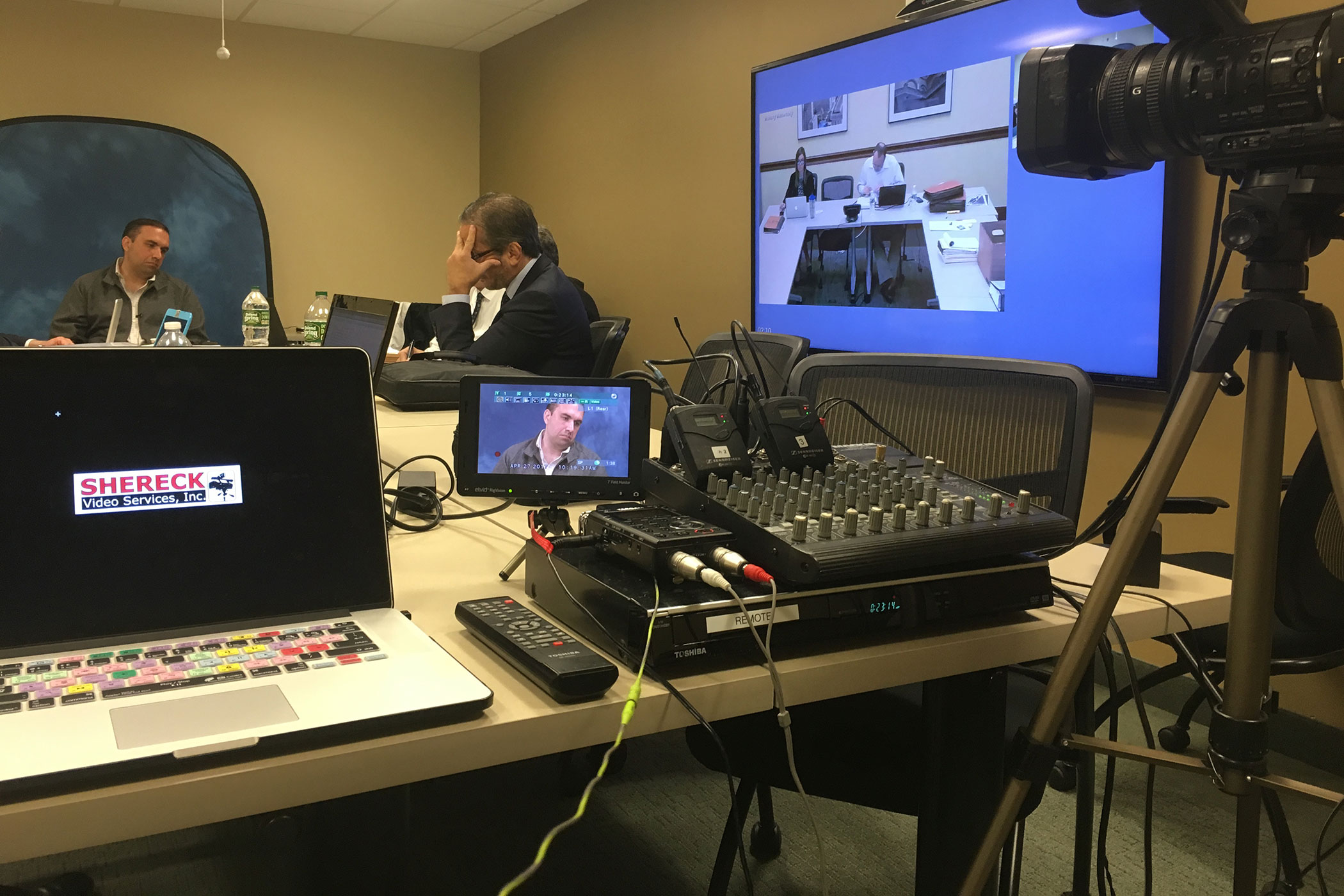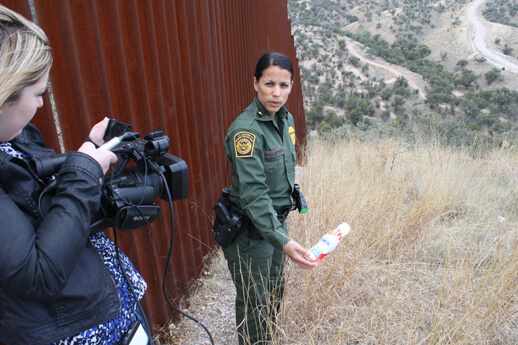Diving Into the Systems of Lawful Videography: Introduction Its Procedure in Shielding Genuine Aesthetic Testimony for Judicial Process
In the realm of judicial proceedings, the function of legal videography stands as a keystone in protecting and presenting aesthetic evidence. As innovation proceeds to development, the systems behind legal videography have actually come to be progressively intricate, supplying a vital layer of authenticity to testaments captured on video clip.
Historical Evolution of Legal Videography
Examining the historical development of lawful videography discloses a substantial change in the recording and discussion of aesthetic evidence within the lawful landscape. In the past, legal procedures greatly relied upon composed photographs and transcripts to document occasions and offer proof. Nonetheless, with the advent of video modern technology, the lawful industry saw a standard change in just how visual statement was caught and presented.
The evolution of legal videography can be mapped back to the late 20th century when developments in video recording tools made it extra available for use in courtrooms. This technological development not only improved the accuracy and reliability of visual proof yet additionally reinvented the means situations were provided to juries and judges (Legal Videography). Lawyers started to acknowledge the influential power of video recordings in sharing emotions, nuances, and non-verbal signs that written records or pictures alone might not capture effectively

Technology Advancements in Video Documentation
What essential technical improvements have reinvented video clip documents in the lawful area? The lawful field has actually seen considerable developments in video documentation technology that have actually improved the authenticity and integrity of aesthetic evidence in judicial procedures. Among the essential innovations is high-def (HD) video recording capacities, which give crystal-clear photos and sharp details that are essential for accurately recording statements, facial expressions, and various other aesthetic cues. In addition, the combination of timestamping and metadata functions in video clip documents tools has actually made it possible for exact paperwork of when and where the video was taped, making sure the stability of the proof provided in court.
In addition, improvements in video clip file encryption and watermarking innovations have actually boosted the safety and tamper-proof nature of video proof, safeguarding it against unapproved alterations or meddling. The arrival of cloud storage space solutions and remote gain access to abilities has structured the storage space, access, and sharing of video clip proof, facilitating seamless collaboration among legal experts and making sure effective accessibility to essential aesthetic testaments when required. These technical innovations in video clip documents have actually certainly transformed the legal field, improving the accuracy, integrity, and admissibility of aesthetic evidence in judicial procedures.
Function of Legal Videographers in Court Settings
The advancement of video clip documentation technology in the lawful field has demanded a critical function for legal videographers in court room setups, guaranteeing the integrity and integrity of visual testimonies offered during judicial process. Legal videographers play a fundamental function in recording and protecting accurate aesthetic evidence that can be crucial in litigation. Their responsibility expands to establishing up equipment, videotaping procedures, and producing high-quality video clips that accurately show the occasions in the court.
In courtroom settings, lawful videographers should stick to rigorous standards and requirements to keep the authenticity of the visual document. They must possess an eager eye for detail and a thorough understanding of lawful treatments to guarantee that the video they capture is a real depiction of the events that took place. Additionally, legal videographers usually work carefully with lawful teams to guarantee that published here the video clip evidence lines up with the instance's requirements and can be successfully offered in court to support the legal debates being made. Overall, the function of lawful videographers in court room settings is important in maintaining the concepts of justice and ensuring the transparency of legal process.

Ensuring Admissibility and Honesty of Video Proof
To keep the trustworthiness of aesthetic evidence presented in legal process, ensuring the admissibility and stability of video clip proof is a critical obligation for lawful videographers. Admissibility describes the approval of proof by the court, and for video evidence to be admissible, it needs to fulfill particular criteria. Legal videographers play a vital role in guaranteeing that the videos this contact form they catch abide by the guidelines of proof, such as reliability, relevance, and authenticity.
Integrity of video evidence involves maintaining the creativity and precision of the video footage from the moment it is videotaped till it is offered in court. This includes securely storing the video clip documents, recording the chain of custody, and stopping any kind of meddling or alterations. Legal videographers have to comply with rigorous procedures to guarantee the integrity of the video clip proof and avoid any obstacles to its credibility.
Future Trends in Legal Videography
Provided the increasing dependence on technology in legal process, legal videographers are poised to welcome ingenious developments forming the future of aesthetic testimony capture and discussion. Among the prominent fads imminent is the integration of digital truth (VR) and enhanced truth (AR) innovations right into lawful videography. These technologies have the possible to reinvent how aesthetic evidence exists in courts, permitting judges and courts to immerse themselves in the scene of the criminal activity or event.
Furthermore, using expert system (AI) formulas for video evaluation is expected to enhance the procedure of evaluating and assessing big quantities of video clip footage. AI can help in recognizing essential minutes, abnormalities, and patterns within videos, boosting the efficiency of legal examinations.

Verdict
Finally, lawful videography has played a critical function in supplying authentic aesthetic proof for judicial procedures. Via technological innovations and the competence of lawful videographers, the integrity and admissibility of video clip proof are guaranteed in court room settings. As legal videography remains to evolve, it will be necessary to maintain criteria that maintain the accuracy and dependability of aesthetic testimony for the future of legal procedures.
Examining the historical progression of lawful videography discloses a significant improvement in the recording and discussion of visual evidence within the legal landscape.The development of video clip documents technology in the legal field has actually demanded a crucial role for legal videographers in court setups, making certain the stability and reliability of visual statements provided throughout judicial procedures. In addition, lawful videographers usually work closely with legal groups to ensure that the video clip proof lines up with the situation's demands and can be successfully provided in court to sustain the lawful disagreements being made.To preserve the integrity of visual evidence presented in lawful process, making certain the admissibility and honesty of video clip proof is an important duty for legal videographers. As legal videography continues to evolve, it will certainly be crucial to promote criteria that preserve the accuracy and reliability of aesthetic useful source testament for the future of legal proceedings.